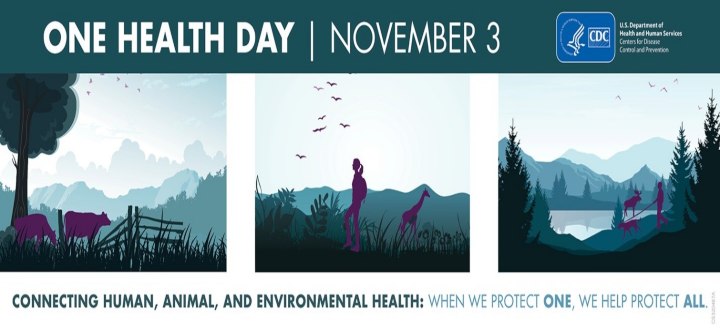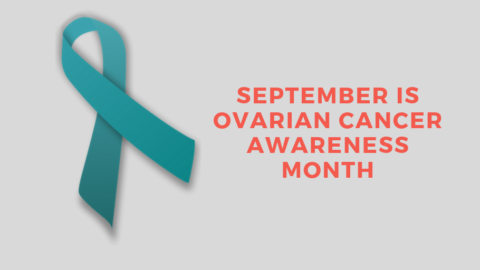
November 3, 2022
If you think about how connected our world has become in recent decades, it is rather impressive. Not only are we connected through technology, but through our actions on this planet. This interconnectedness does come with a price though, the potential for disease.
If you haven’t heard of One Health before, there is no better time to learn than right now as our world is facing an unprecedented health crisis, the COVID-19 pandemic. Our health as humans is ultimately connected to the health of animals and our shared environment.
Through collaborative efforts, experts in the field of epidemiology, environmental health, and veterinary medicine work together to improve the health of people, animals, and our planet.
One Health is a collaborative, multisectoral, and trans-disciplinary approach – working at the local, regional, national, and global levels – with the goal of achieving optimal health outcomes recognizing the interconnections between people, animals, and their shared environment.
The Centers for Disease Control and Prevention (CDC)
One Health approaches are vital as our interactions with animals change and increase, which can lead to the emergence and re-emergence of zoonotic diseases. Zoonotic diseases are ones that can be spread between humans and animals through direct contact, indirect contact, vectors, food, and water.
The COVID-19 pandemic emerged as a result of close contact between humans and animals and the focus towards improving this pandemic must be collaborative across disciplines to prevent future outbreaks.
This may sound like a lot of work only happens through professionals, but you can make an impact on human, animal, and environmental health right in your community.
A recent One Health approach success story involved pet owners in Arizona. The southwestern United States and Mexico are home to brown dog ticks that causes Rocky Mountain spotted fever (RMSF) in both people and dogs.
Free-roaming dogs were found to be spreading RMSF. RMSF can be deadly if it is not treated early with the correct antibiotics. Unfortunately, this area in Arizona did see many people fall ill to this bacterial disease and some died.
A health promotion program was created to tackle this health issue that included community education, free spay and neuter clinics for dogs, promotion of long-lasting tick collars, and regular pesticide applications around homes in the community. The action of keeping pets on preventative medicine, checking their coats after being outside, and keeping them close to home can all help improve the health of animals, people, and our environment!
This shows how the role of the Certified Health Education Specialists (CHES®) is essential to inform the public about the impacts of One Health and how we as professionals can use this approach in our work. Next time you are working on a project, you can think about the health issue through the broader lens of One Health!
If you want to read more success stories from One Health approaches, see what professionals in the field are working on, obtain continuing education credits, and learn about more solutions for your home and neighborhood please check out the CDC’s One Health Office for more information: https://www.cdc.gov/onehealth
Taran Haut, CHES®


